
Ingredient
Tannia leaves
The Versatile Tannia Leaves
Tannia leaves, also known as Xanthosoma sagittifolium, are large, heart-shaped leaves with a vibrant green color and a slightly glossy appearance. They have a mild, earthy flavor with hints of nuttiness and a tender yet slightly chewy texture. These leaves are commonly used in Caribbean and Latin American cuisines to wrap and cook various fillings, or they can be sautéed, steamed, or added to soups and stews for added flavor and nutrition.
Origins and history
Tannia leaves have a rich history in Caribbean and Latin American cuisines, where they have been used for centuries. They are native to tropical regions of the Americas and have been cultivated by indigenous communities for their edible leaves and tubers. Tannia leaves have cultural significance in many traditional dishes and are often associated with celebrations and festive occasions.
Nutritional information
Tannia leaves are low in calories and a good source of dietary fiber, vitamins A and C, and minerals such as potassium and calcium.
Allergens
There are no known allergens associated with tannia leaves.
How to select
When selecting tannia leaves, look for fresh, vibrant green leaves without any signs of wilting or discoloration. The leaves should feel firm and have a slightly glossy appearance. Avoid leaves with brown spots or yellowing as they indicate age or poor quality.
Storage recommendations
To store tannia leaves, wrap them loosely in a damp paper towel and place them in a plastic bag. Store them in the refrigerator for up to one week. Avoid washing the leaves before storing as excess moisture can cause them to spoil faster.
How to produce
Tannia leaves can be grown in tropical or subtropical regions with warm temperatures and high humidity. They require well-drained soil and regular watering. Plant the tubers in a sunny spot and provide support for the large leaves to grow.
Preparation tips
Tannia leaves can be used in a variety of dishes. They are commonly used to wrap fillings for dishes like pasteles, tamales, or hallacas. They can also be sautéed with garlic and onions, steamed as a side dish, or added to soups and stews for added flavor and nutrition.
Culinary uses
Tannia leaves are commonly used in Caribbean and Latin American cuisines. They are a staple ingredient in dishes like pasteles, tamales, and hallacas. They are also used in soups, stews, and various traditional dishes.
Availability
Tannia leaves are commonly available in tropical regions of the Americas, including the Caribbean and Latin America.
More ingredients from this category

Bitterleaves
The Bitter Beauty
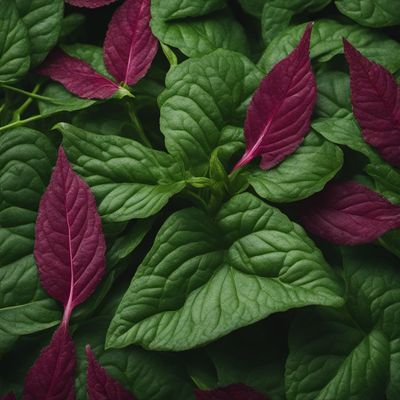
Amaranth leaves
The Nutrient Powerhouse: Exploring the Versatility of Amaranth Leaves
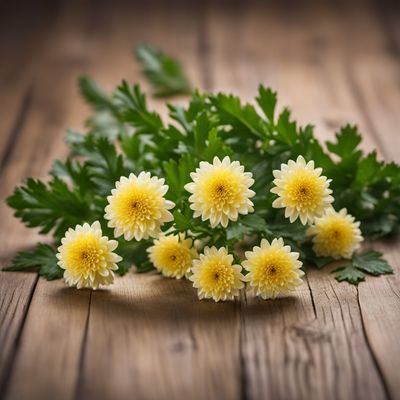
Garland chrysanthemums leaves
Edible Blossoms

Cassava leaves
The Green Delight: Unveiling the Nutritional Powerhouse of Cassava Leaves
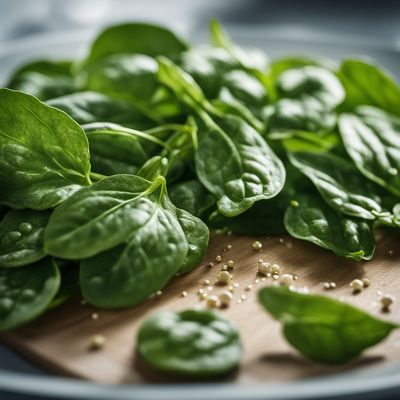
Spinaches
The Mighty Leafy Green

Bitterblad leaves
The Bold and Bitter Bites: Exploring the World of Bitterblad Leaves

Sweet potato leaves
The Leafy Marvel

New Zealand spinaches
The Versatile Green Delight

Oraches leaves
The Versatile Green: Oraches Leaves
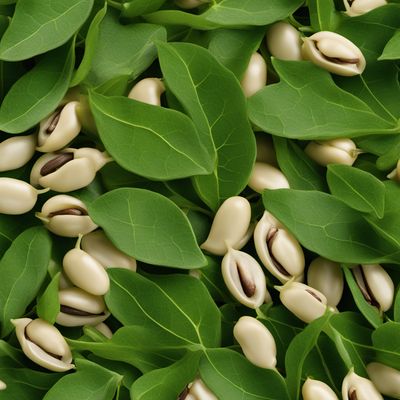
Black eyed peas leaves
Leafy Goodness
Recipes using Tannia leaves » Browse all
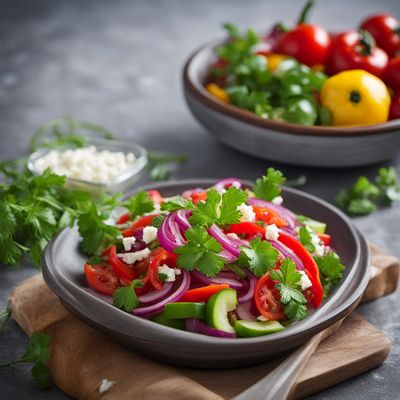
Israeli Salad with a Twist
Mediterranean Delight: Refreshing Israeli Salad with a Twist
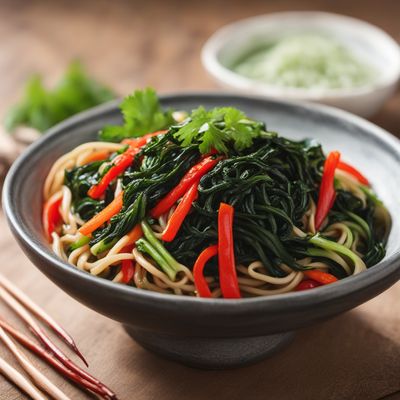
Xinjiang-style Spicy Wakame Udon
Fiery Fusion: Xinjiang Spiced Wakame Udon

Chinese-style Chicken Bog
Savory Chicken and Rice Medley: A Chinese Twist on a Classic American Dish

Pasta Primavera with Lemon Garlic Sauce
Springtime Delight: Pasta Primavera with Zesty Lemon Garlic Sauce
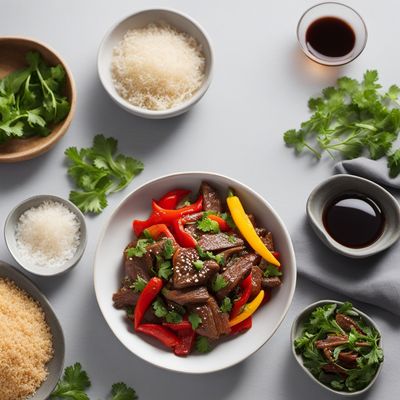
Palatine-style Beef Stir-Fry
Sizzling Palatine Beef Delight

Meia-desfeita with a Twist
Savory Portuguese Bean Salad

Hainanese-style Fish Salad
Tropical Delight: Hainanese-style Fish Salad with a Refreshing Twist
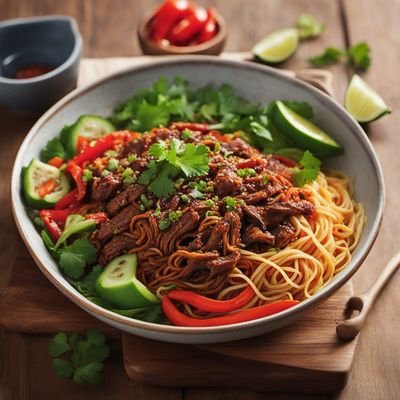
Angolan-style Kolo Mee
Savory Noodle Delight: Angolan-style Kolo Mee
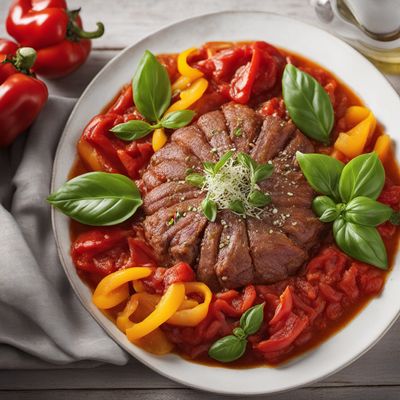
Guastella Calabrese with a Twist
Savory Delight: A Modern Twist on Guastella Calabrese
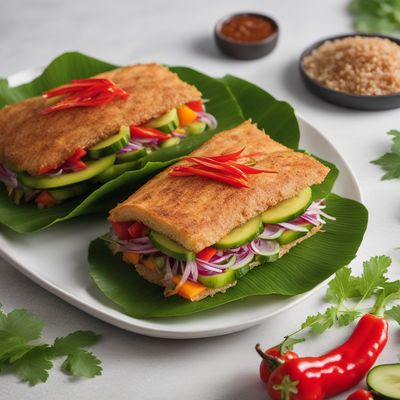
Turks and Caicos Coconut Leaf Sandwich
Tropical Delight: Coconut Leaf Sandwich with a Caribbean Twist

Spicy Korean Stir-Fried Chicken
Fiery Chicken Delight: A Spicy Korean Stir-Fry

Croatian Inspired Summer Salad
Sun-Kissed Delight: A Refreshing Twist on Croatian Cuisine